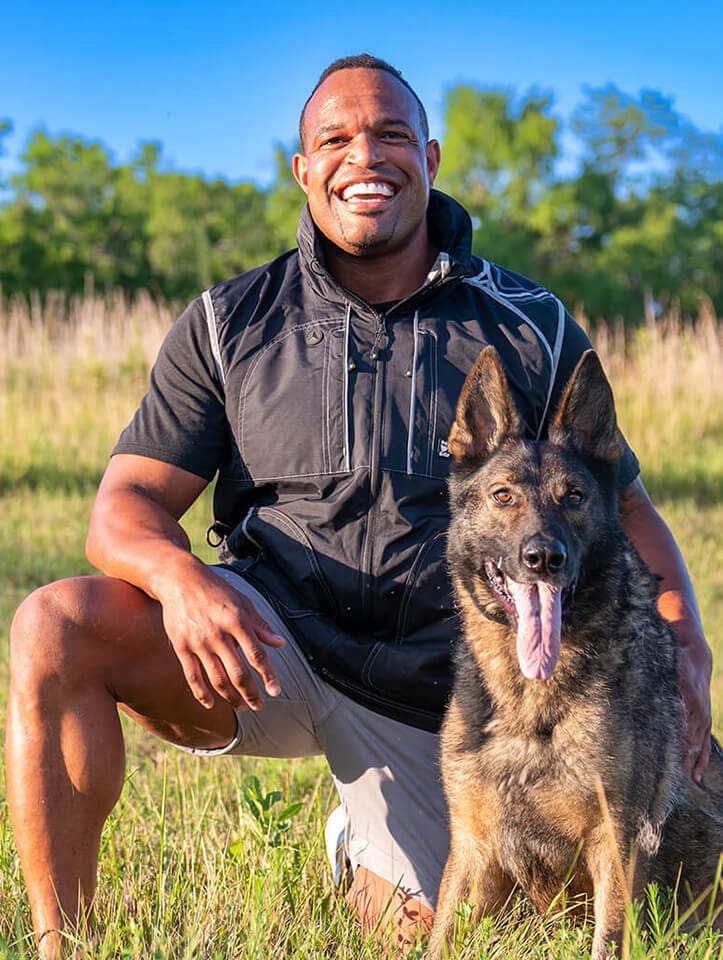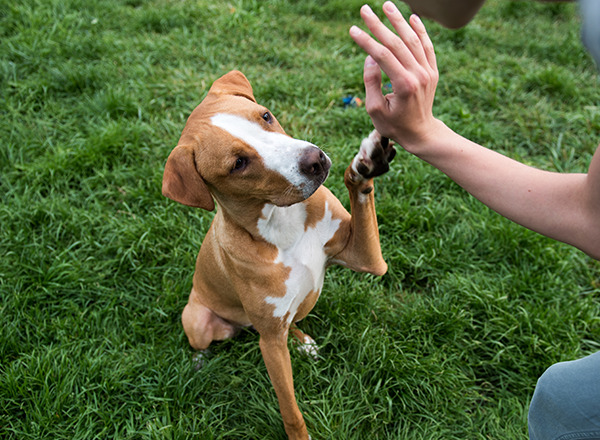How Dog Training Builds Trust and Confidence in Your Dog
How Dog Training Builds Trust and Confidence in Your Dog
Blog Article
Unlock Your Canine's Possible With Professional Training Insights
Professional training insights reveal that recognizing interaction signs and using constant, favorable support can considerably alter your dog's response to various scenarios. As we discover reliable socialization techniques and progressed training approaches, one might question how these approaches can change not simply your canine's behavior, but additionally your overall connection.
Comprehending Your Dog's Actions

Additionally, understanding usual behavioral concerns such as aggression, stress and anxiety, or too much barking can aid owners address problems proactively. Instead of penalizing unwanted behaviors, it is more efficient to determine the underlying causes and job in the direction of modifying those triggers. As an example, a pet that barks exceedingly might be looking for attention or reacting to environmental stimuli.
Moreover, each dog is unique, influenced by elements such as breed, age, and past experiences. Observing and recognizing your pet's certain habits is crucial to establishing a training technique that lines up with their temperament. By fostering this understanding, proprietors can develop a much more harmonious living environment, boost their canine's knowing experience, and ultimately strengthen their bond.
The Relevance of Uniformity
Preserving consistency in training is essential for attaining preferred end results and enhancing favorable behaviors in dogs. When training sessions adhere to a predictable structure, pets are a lot more likely to recognize what is expected of them. This clearness fosters a sense of safety and security and aids to establish a strong bond in between the trainer and the pet dog.
Irregular cues or commands can puzzle dogs, resulting in stress for both the animal and the trainer. The dog might end up being uncertain concerning just how to respond if a command is often rewarded and other times overlooked. This disparity not only hinders the discovering procedure however can also accidentally encourage unfavorable actions.
Furthermore, consistency expands beyond spoken commands to consist of body language and tone. Dogs are highly in harmony with human behavior, and discrepancies can undermine their depend on. For effective training, all household members and trainers need to be aligned in their method, utilizing the very same commands and reinforcement methods.
Ultimately, consistency in training advertises a structured understanding environment, allowing pet dogs to prosper and react favorably to commands. This fundamental concept is important for establishing well-behaved, positive, and loyal buddies.
Strategies for Reliable Training
Reliable training strategies build on the foundation of uniformity developed in previous sessions. Using positive reinforcement is among the most effective methods for encouraging desired actions. This includes satisfying your pet with deals with, appreciation, or playtime promptly after they do the preferred action, thus creating a strong association between the habits and its positive outcome.
Timing is essential; rewards should be offered immediately to strengthen the connection. Furthermore, using constant and clear commands will help your pet comprehend what is expected of them. Choose straightforward, distinct cues and avoid using numerous expressions for the exact same action.
Including brief, interesting training sessions can likewise enhance retention and prevent monotony. Go for sessions lasting 5 to 10 mins, progressively raising the duration as your dog ends up being more experienced. In addition, differing the training atmosphere can help generalise discovered habits, ensuring your pet dog can perform commands in various contexts.
Last but not least, persistence is essential. Every canine finds out at their own speed, and encouragement promotes a favorable knowing experience. By using these techniques constantly, you can open your dog's complete possibility and strengthen the bond in between you and your canine companion.
Socialization and Its Advantages
Socialization is an important element of a pet's development, substantially affecting their behavior and personality. It encompasses the process of exposing a pet to a variety of individuals, atmospheres, important link seems, and various other pets. This exposure helps pets learn to browse the intricacies of their surroundings, fostering confidence and versatility.
Appropriate socializing lowers the possibility of fear-based habits and aggression, which can develop from strange scenarios. A well-socialized pet is most likely to exhibit positive interactions with both people and other animals, leading to a much more satisfying experience for every person entailed (Dog training). Additionally, socialization plays a crucial function in improving a pet dog's general lifestyle, enabling them to take part in activities and outings without excessive anxiety.
The vital period for socialization occurs in between 3 and twelve weeks of age, although recurring socializing is helpful throughout a pet dog's life. Participating in supervised playdates, young puppy classes, and gradual direct exposure to brand-new experiences can facilitate this procedure. By focusing on socializing, canine owners can cultivate an all-around companion, geared up to handle numerous circumstances with poise and calmness, eventually causing a harmonious relationship in between the pet and its setting.
Advanced Training Techniques
A well-socialized pet is better prepared to participate in sophisticated training methods, which can additionally fine-tune their skills and boost their overall actions. Advanced training strategies, such as clicker dexterity, scent, and training job, need a strong foundation of fundamental obedience and social abilities. These methods concentrate on establishing a pet's cognitive abilities, enhancing their emphasis, and promoting a much deeper bond between the canine and trainer.
Clicker training utilizes favorable support to form desired habits, permitting accurate interaction and quicker discovering. This approach is particularly efficient in innovative tasks where accuracy is vital. Agility training tests dogs both literally and mentally, advertising sychronisation, self-confidence, and analytic abilities. This can be an exciting method for canines to burn off energy while enhancing their responsiveness to commands.
Scent work use a pet dog's natural impulses, boosting their olfactory capabilities while developing their focus and patience. Integrating these innovative training approaches not just promotes a pet dog's mind yet likewise adds to their psychological health. Ultimately, participating in sophisticated training can more change a well-socialized from this source pet right into a well-shaped friend, with the ability of browsing complex environments easily and self-confidence.
Verdict
In verdict, unlocking a dog's possibility with professional training requires an extensive understanding of actions, consistency in approaches, and efficient socialization methods. By prioritizing these aspects, an all-around and meeting connection in between canine and proprietor can be established, inevitably leading to a harmonious conjunction and a well-behaved buddy.
As we discover reliable socialization techniques and advanced training techniques, one might wonder just how these approaches can change not simply your canine's actions, however also your general connection.
By focusing on socializing, dog proprietors can grow an all-round buddy, equipped to deal with different circumstances with grace and calmness, inevitably leading to a harmonious relationship between the canine and its atmosphere. (Dog training)
A well-socialized canine is much better prepared to engage in innovative training methods, which can further refine their skills and boost their general habits. These techniques focus on establishing a pet dog's cognitive capabilities, enhancing their emphasis, and cultivating a much deeper bond in between the pet dog and trainer.

Report this page